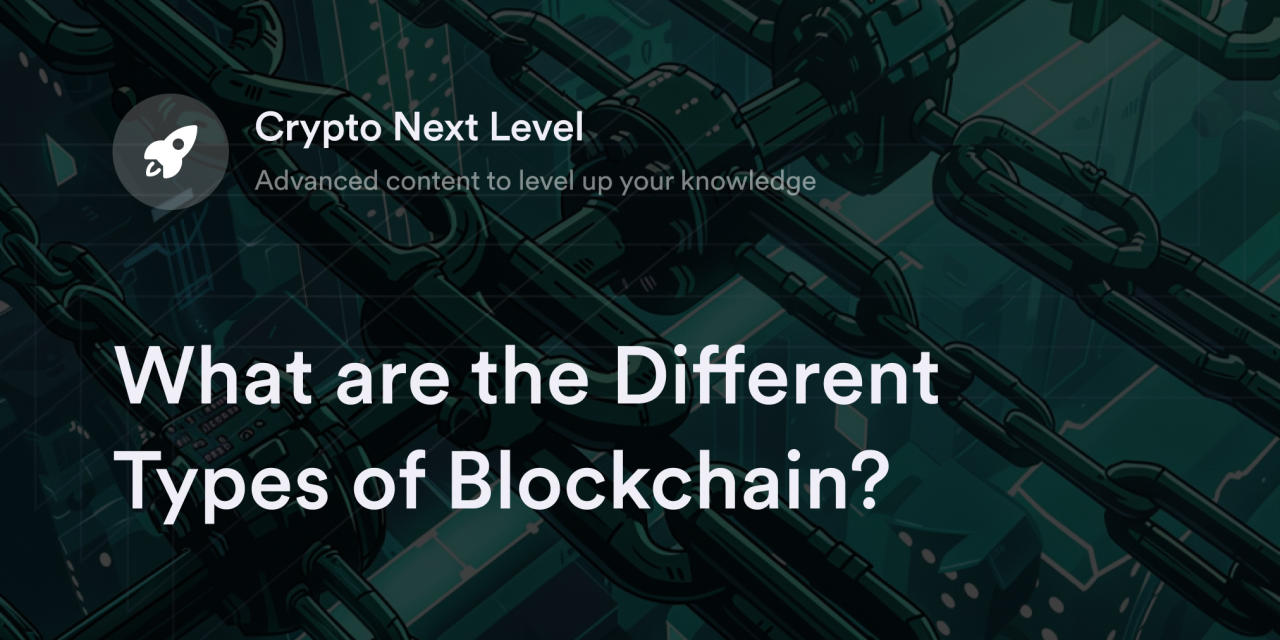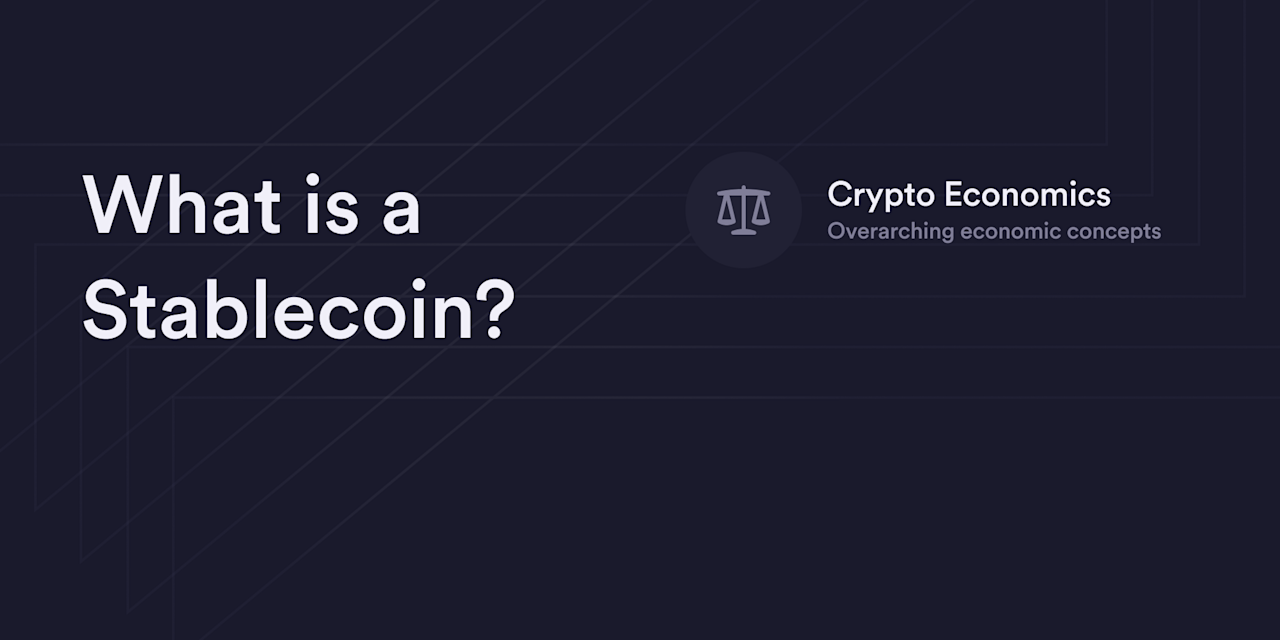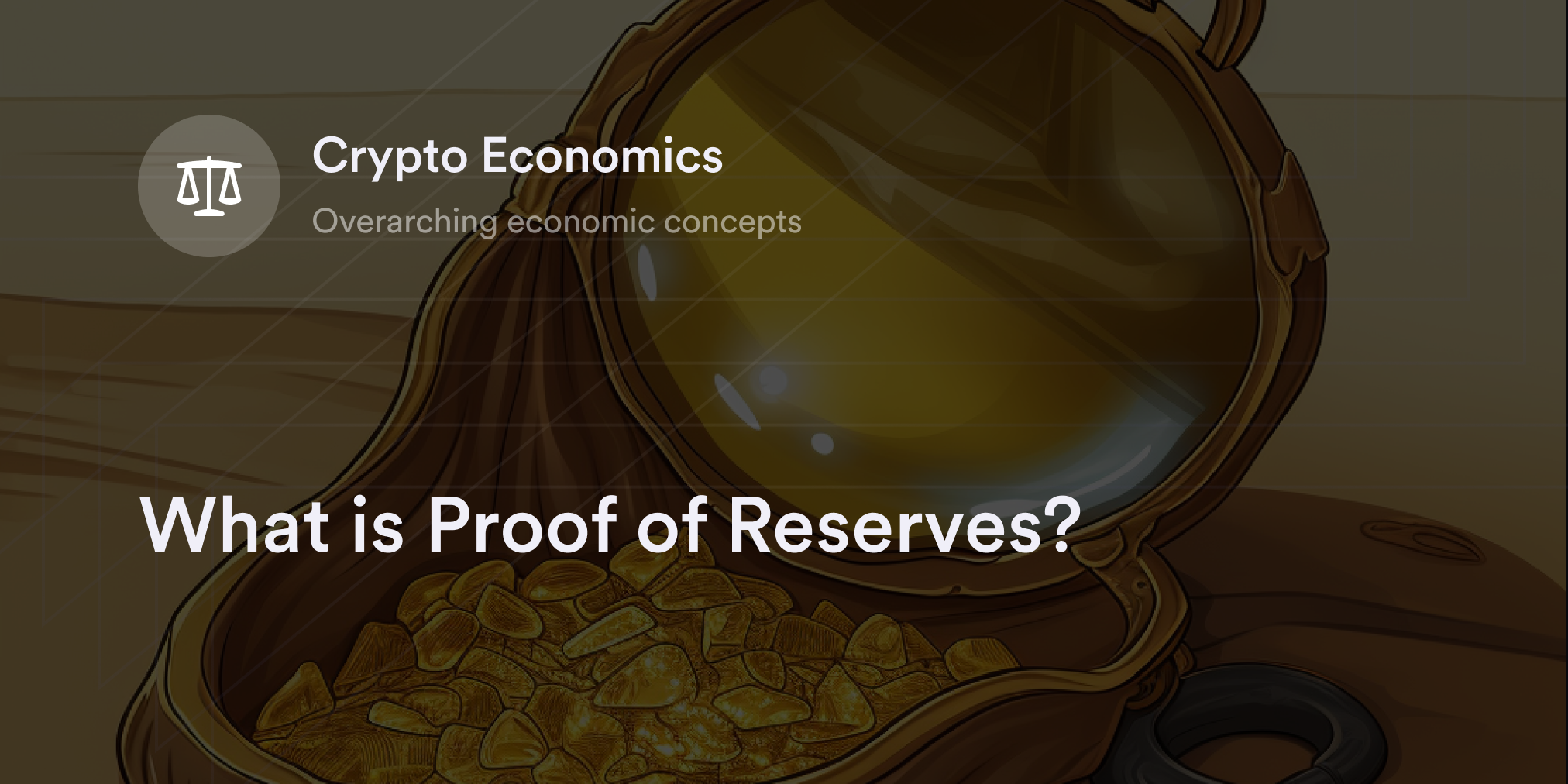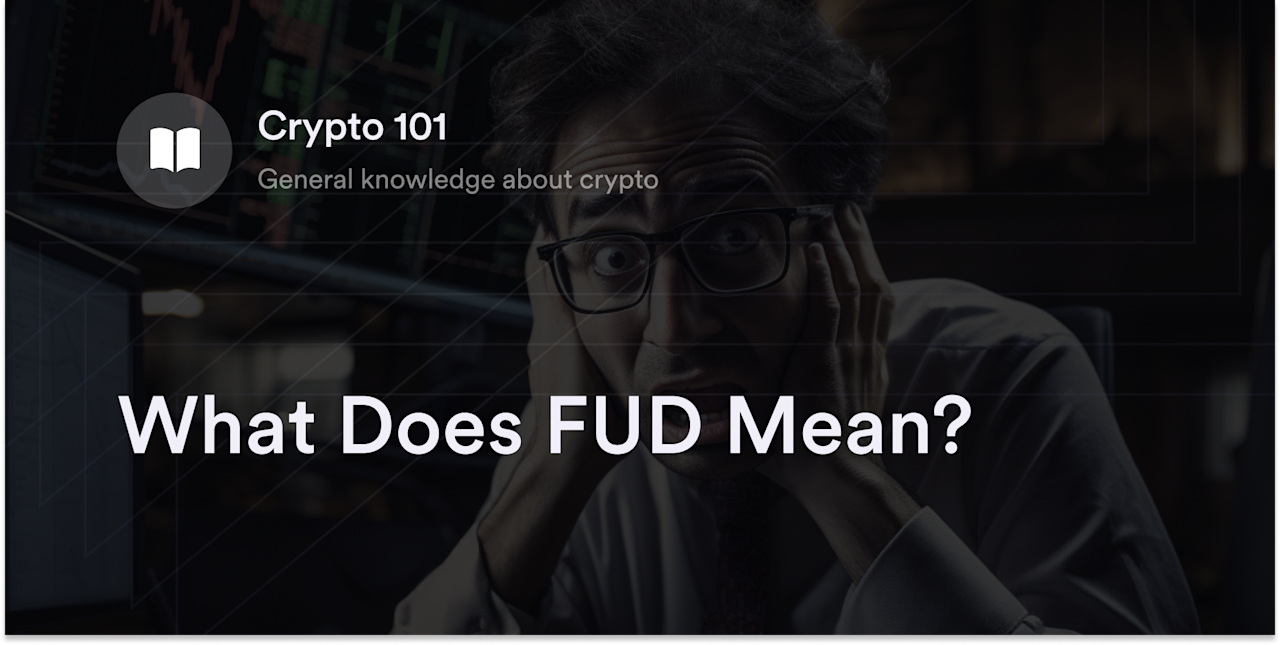


The digital asset ecosystem attracts mainstream attention for various reasons, such as price swings, decentralization, and new crypto projects. This leads to pessimism across the cryptocurrency ecosystem. But even after so much skepticism about the value of cryptocurrencies, analysts often see tremendous potential in virtual currencies’ growth and the blockchain technology powering these digital assets.
Case in point, JPMorgan Chase's CEO Jamie Dimon labeled Bitcoin (BTC) as "hyped-up fraud" and the virtual equivalent of a "pet rock," but he admitted BTC's blockchain architecture has many "real" applications. Plus, since Bitcoin's launch, countless businesses outside the crypto space have experimented with blockchain software’s proposed benefits.
So what is blockchain technology, why are more companies within and outside cryptocurrency using it, and how many types of blockchain are there? Here’s all you need to know about the "blockchain breakthrough."
What Are Blockchains?
A blockchain is a list of digital data stored and shared in a decentralized computer network. Unlike traditional client-server data storage solutions like Microsoft's Azure, blockchains don't have centralized servers. Instead, every blockchain runs on a peer-to-peer (P2P) system where no computer (aka node) plays a privileged role. Since each node on a blockchain shares the same info and responsibilities, P2P protocols don't have critical points of failure like servers in cloud databases.
The "blocks" in a "blockchain" refer to discrete datasets containing relevant facts on network activity. Although blocks are most often associated with cryptocurrency transactions, there's no limit to the types of info people put into these systems. For instance, some hospitals use blockchains to store and transfer patient information, while real estate companies use blockchains to verify property rights. Once a new "block" posts on a blockchain, nodes use advanced cryptographic algorithms to link (or "chain") this new data to the previous block going back to the first transaction (aka the genesis block). And nodes maintain this transparent string of blocks, removing the need to entrust data storage, collection, and verification to third parties, such as corporations or governments.
How Do Blockchains Work?
Each blockchain uses a distinct set of programs to organize its dataflows, but they all rely on a decentralized group of nodes to store and verify blocks. Although many types of nodes exist in blockchain technology, "full nodes" are the most consequential for the protocol's security. Every computer running a full node stores a blockchain system’s entire transaction history (aka the public ledger).
In addition to storing historical data, nodes broadcast and verify new blocks using technologies such as consensus algorithms and cryptographic hashing functions. Think of a consensus algorithm as a set of rules nodes need to follow to submit and verify blocks, while cryptographic hashing functions are security programs that transform "input" digital files (e.g., transaction info, passwords, or photos) into an "output" code (aka digests). A benefit of using cryptographic hashing functions is that there's no way to determine the input values from output data, helping prevent cyberattacks. Also, cryptographic hash functions produce new output values for every different input they receive, making it impossible to create two identical outputs. The security cryptographic hash functions preserve blockchains’ legitimacy without relying on third parties’ authority.
Proof-of-Work Versus Proof-of-Stake Blockchains
Proof-of-work (PoW) and proof-of-stake (PoS) aren't the only consensus algorithms in the blockchain space, but they are the most widely used in cryptocurrency. As mentioned, consensus algorithms define the "ground rules" nodes must follow to post and verify blocks on the blockchain. The key difference between PoW and PoS is the former relies on an energy-intensive "mining" process, while the latter forces validator nodes to "stake" crypto on the blockchain to join the network.
In the PoW model, node operators (aka miners) use their computer power to solve difficult math algebraic equations to post a new transaction batch to the chain. "Working" on these challenging problems serves as "proof" that the transaction confirmations are secure. These protocols often reward the successful validator node with cryptocurrency, incentivizing miners to join a PoW blockchain. Cryptographer Satoshi Nakamoto introduced the PoW model in 2008 with the Bitcoin protocol, and other cryptocurrencies, such as Dogecoin and Litecoin, use this consensus algorithm.
In contrast, PoS blockchains make nodes stake a minimum amount of the blockchain's native cryptocurrency to participate in the validation process. Instead of running energy-intensive crypto mining machines, nodes on a PoS blockchain put their crypto in a "virtual vault" to get a chance to confirm transactions and receive crypto compensation. Typically, the more crypto a validator stakes, the better odds they'll claim more crypto rewards. A few examples include Ethereum, Solana, and Cosmos.
Major Types of Blockchain Protocols
Although every blockchain network uses P2P technology, some protocols aren't open to everyone. Each blockchain has different permissions, restricting people from participating in block validation and viewing the distributed payment ledger.
Public blockchains: A public blockchain’s defining feature is its permissionless design. Put another way, anyone with requisite hardware or software for a public blockchain network can run a node. Public blockchains are also open-source, meaning they publish their source code and distributed ledgers online for the world to inspect. Bitcoin and Ethereum (ETH) are two prominent examples.
Private blockchains: Also called permissioned blockchains, private blockchains use the same consensus algorithms and cryptographic technologies as public blockchains but don't allow everyone to participate on the network. The developers behind a private blockchain can pick which individuals or companies operate nodes. Also, the payment ledgers on private blockchains are only available to people invited into the protocol. Often, corporations and governments prefer private blockchains to prevent data leaks. For instance, organizations like Oracle, IBM, and the Linux Foundation have private blockchains for prescreened clients.
Consortium blockchains: Consortium blockchains are similar to private blockchains but involve a collective group of businesses in the same industry. For example, JPMorgan's Onyx blockchain is a consortium blockchain that allows prescreened banks to host a node on the network. Most consortium blockchains close off the validation process to preselected validators but may make the payment ledger publicly available.
Hybrid blockchains: These use features of both public and private protocols. Hybrid blockchain models are helpful when organizations, such as banks, want to promote transparency without revealing each customer's sensitive info. Consortium blockchains often use these models to make some transaction data transparent while limiting public access to block creation and validation.
Alternative Use Cases for Blockchain Technology
Since Bitcoin introduced the world to blockchain protocols’ benefits, some people assume this technology is solely related to cryptocurrencies. In truth, blockchains have a wide range of applications outside digital finance. As the global economy increasingly digitizes, dozens of business sectors are considering ways to integrate blockchain protocols with their business operations.
Real estate: Some realtors use blockchain’s transparency and security to record home purchases and ownership rights for clients. For example, real estate site Roofstock sold a unique blockchain-based token through a non-fungible token (NFT) representing ownership rights for a Georgia home in 2023.
Healthcare: Private or hybrid blockchains promise to enhance efficiency at hospitals while preserving patient anonymity. Doctors may increasingly turn to blockchains to store, access, and send medical data without worrying about potential hacks on centralized data storage servers.
Digital ID systems: Some blockchains use distributed virtual ID systems to securely store and share data within a nation or community. For example, the Cardano blockchain partnered with the Government of Ethiopia to register millions of students in the nation's educational system.
Supply chains: Blockchains’ transparency helps manufacturers and vendors monitor shipments and pinpoint potential issues in global supply chains. For example, VeChain focuses on streamlining supply chains with blockchain technology.
Learn More About Blockchain Technology on dYdX Academy
Even seasoned software engineers and crypto investors need help staying up-to-date on the latest innovations in Web3. If you’re trying to grasp the crypto market’s complexities, check out our Academy. Here, you'll find dozens of educational articles about fundamental Web3 topics, such as crypto wallets, decentralized finance (DeFi), and smart contracts. Also, head to dYdX's blog to learn more about our product and get the latest updates about the protocol.
dYdX also offers a straightforward decentralized trading interface for crypto traders interested in the derivatives market.
Start trading on dYdX today!
Disclaimer
The content of this article (the “Article”) is provided for general informational purposes only. Reference to any specific strategy, technique, product, service, or entity does not constitute an endorsement or recommendation by dYdX Trading Inc., or any affiliate, agent, or representative thereof (“dYdX”). Use of strategies, techniques, products or services referenced in this Article may involve material risks, including the risk of financial losses arising from the volatility, operational loss, or nonconsensual liquidation of digital assets. The content of this Article does not constitute, and should not be considered, construed, or relied upon as, financial advice, legal advice, tax advice, investment advice, or advice of any other nature; and the content of this Article is not an offer, solicitation or call to action to make any investment, or purchase any crypto asset, of any kind. dYdX makes no representation, assurance or guarantee as to the accuracy, completeness, timeliness, suitability, or validity of any information in this Article or any third-party website that may be linked to it. You are solely responsible for conducting independent research, performing due diligence, and/or seeking advice from a professional advisor prior to taking any financial, tax, legal, or investment action.
You may only use the dYdX Services in compliance with the dYdX Terms of Use available here, including the geographic restrictions therein.
Any applicable sponsorship in connection with this Article will be disclosed, and any reference to a sponsor in this Article is for disclosure purposes, or informational in nature, and in any event is not a call to action to make an investment, acquire a service or product, or purchase crypto assets. This Article does not offer the purchase or sale of any financial instruments or related services.
By accessing this Article and taking any action in connection with the information contained in this Article, you agree that dYdX is not responsible, directly or indirectly, for any errors, omissions, or delays related to this Article, or any damage, injury, or loss incurred in connection with use of or reliance on the content of this Article, including any specific strategy, technique, product, service, or entity that may be referenced in the Article.







